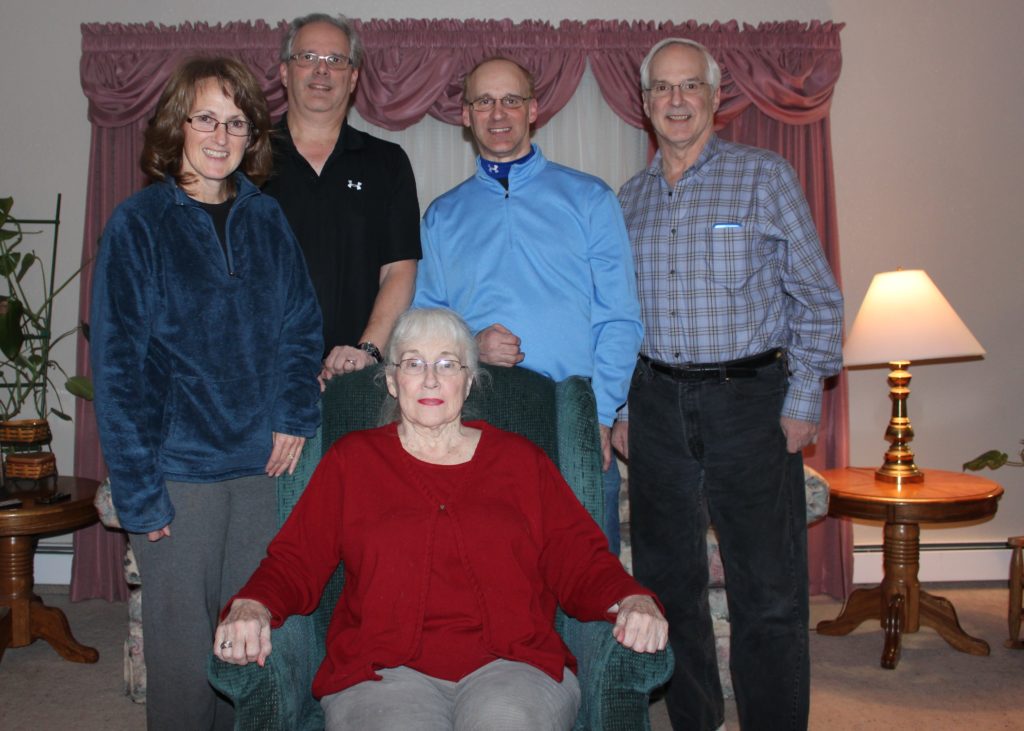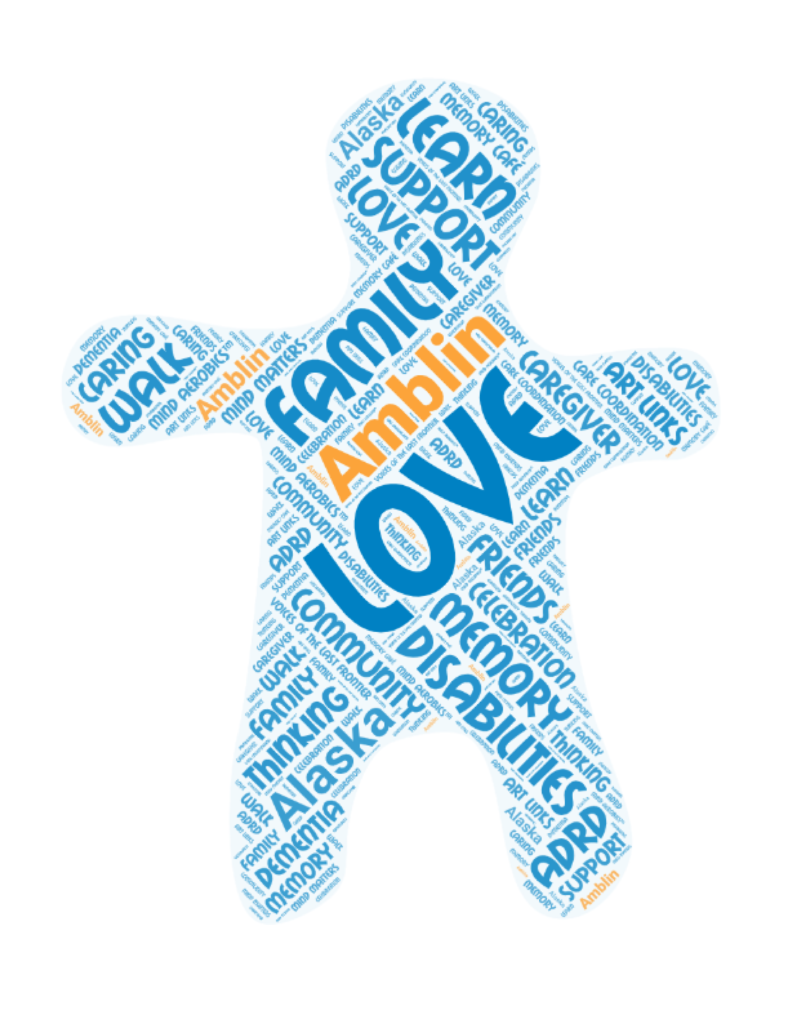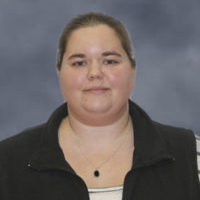…Continued from A Tale of Two Families
Virginia and Stuart had four children: three boys and one girl. In addition to being an officer’s wife, raising the children was Virginia’s primary role. One of the Air Forces rotations brought them to Elmendorf AFB. They loved it in Alaska and planned to retire here.
Stuart had a heart attack which required him to retire early. He then trained as a small-aircraft mechanic and started his own business. He taught aircraft maintenance at the King Career Center and the UAA Aviation Center. At the age of 53, he had another heart attack and passed.
The family rallied around Virginia. All the kids were now adults and living on their own. We all relinquished our rights to any inheritance and assigned the funds back to Virginia. Though she was healthy and able, the family assisted her with setting up financial strategies, including investments, long-term care insurance, and her will. We established a family trust to cover all expenses and had Power of Attorneys established if needed. This process took a couple of years to complete.
In 2008, Virginia moved out of the family home and into a senior living facility. This move provided her with less housecleaning and more companionship. She loved it.
Soon her memory started to slip. Then on one snowmachine trip to the cabin, she slipped in the entryway and hit her head. She had her helmet on but displayed symptoms of a concussion all weekend.
She was able to mask the memory loss symptoms well for a while. Then the bills were not getting paid; she would impulse buy from QVC; her driving skill diminished.
A medical checkup diagnosed her with Alzheimer’s. My sister and one of my brothers took the helm and handled the medical appointments and checking accounts.
When my sister and her husband decided to leave the state, she maintained the accounting since she could do it from afar. I retired from my position and became my mom’s companion/driver.
We would attend Mind Matters sessions with Alzheimer’s Resource of Alaska. This course helped me understand what she was going through. It taught me the skills to better assist her through the process.
Virginia thought she was hiding her diagnosis from her neighbors at her senior living facility. She wasn’t. The neighbors provided a team to ensure that she made it to all her meals and back each day. I was on call 24/7, but her neighbors were my first line of care.
Soon the disease progressed to the point that the Senior living facility did not feel she was safe. There were no beds available in Anchorage Memory Care Units, so we flew her down to a great facility close to my sister. Her long-term care insurance covered most of the care costs.
After a couple of years of being the primary and only caregiver, my sister asked to move mom back to Anchorage. She and her family wanted to travel. I was able to secure a space at a Senior Living facility with a Memory Care wing. So, Teresa and I flew down and escorted her back to Anchorage. Again, the enormous cost of the facility was mostly picked up by the insurance policy.
Purchasing this policy was one of the smartest decisions we made. As a family, we still take mom to her appointments and maintain the liaison with the care facility, but for the most part, we are spending time as a family rather than as caregivers. The ability to shift the daily burden of Virginia’s care to trained professionals has allowed me to spend more time helping care for Robert.
The unbelievable assistance that makes all our work possible is the training and support we receive from the Alzheimer’s Resource of Alaska (ARA), the Alaska Mental Health Trust, and Senior & Disability Services. Understanding the mind of someone with dementia has taught us to reduce the stress on our loved ones.
By reducing their stress, it reduces ours. ARA‘s Mini-Grant assistance funded most of the health & safety improvements to Robert’s condo, including the electric wheelchair and hardwood flooring. It allowed us to take a much-needed break by funding in-home support for a week. I have learned that a caregiver that is not healthy cannot perform their caregiving responsibilities properly. The care and attention from the Alzheimer’s Resource of Alaska staff are a needed breath of fresh air.
Comparing Robert’s story to Virginia’s might seem impolite. It is not intended to be. The environments that they were raised in are not of their making. It is by chance to be raised in the country or the city. They could not control that. The education level that they were able to achieve is based on the needs of the family.
Robert had to work to keep food on the table for his parents, so schooling went by the wayside. Virginia did not have those concerns and graduated from high school. Robert followed the work to keep employed; though not working, Virginia had a steady income from the military. Not having to struggle paycheck to paycheck allowed Virginia to afford the long-term care insurance, setting her up for a better experience as Alzheimer’s struck.
The comparison of these stories demonstrates the challenges of caregiving and the difference access to long-term care insurance and dementia care supports can make for families.
Fortunately, both have loving and caring families and live happy lives. That is what is most important.
We are incredibly grateful to Kevin and Teresa for sharing their story. Kevin’s experiences in providing care for his mother and father-in-law, who both live with Alzheimer’s disease, inspired him to help others on similar journeys. Today he is part of the education team at Alzheimer’s Resource of Alaska, where he provides support to caregivers and people in our community who are living with Alzheimer’s disease and related dementias. ![]()

 Make a Payment
Make a Payment



